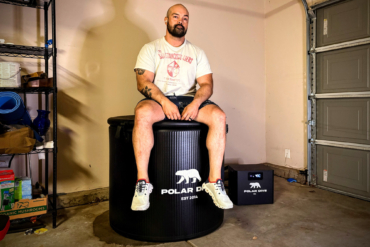By adding some speed to Day One, you’ll get more from back-to-back long run days.
Take a look at most marathon and ultrarunning training plans, and you’ll be hard-pressed to find any run at — or even close to — your race distance. In most cases, the longest run you’ll find will fall somewhere between half and three-quarters the distance of your goal race.
This is because at some point during long runs, there becomes a point of diminishing returns. The rate at which your muscles and soft tissue break down starts to exceed the physiological benefits gained. Then, both recovery times and injury risk increase, outweighing the fitness benefits.
The general scientific consensus is that runners get the most physiological gains (development of capillaries and mitochondria) in the first 3 hours of a long run. But by no means am I saying ultrarunners should limit long runs to 3 hours.
There are plenty of reasons to break the 3-hour mark: fueling practice, durability development, and mental fortitude, for example. However, it’s best to approach really long runs with some caution and plan recovery accordingly, especially for less seasoned ultrarunners.
Why You Should Run on Consecutive Days
One way to prepare for the fatigue during an ultra, without actually running the full distance and risking undue damage or a prolonged recovery period, is to plan back-to-back long run days. By stacking two long days together, you’re starting the second long run already in a fatigued state mimicking the feeling you’d experience during a much longer run.
I’ll often take it one step further by doing a steady-paced workout on the first day. This gives you some quality running to work on your aerobic fitness more than an easy-paced run would.

Back-to-Back Long Run: The Workout
- Day 1: Run 2 miles at an easy-to-moderate pace, followed by 6 to 12 miles* at a steady pace. Cool down for 1 mile at an easy pace. (Use this running calculator to determine your steady pace.)
- Day 2: Run 3 hours at an easy pace over hilly terrain.
*Tip: Use broken intervals for the steady portion. For example, 8 miles steady may look like 4 x 2 miles with a 2-minute jog between each interval or 2 x 4 miles with a 4-minute jog between the intervals.
Fueling Is Key
Back-to-back long runs really drain your carbohydrate stores and the body’s ability to recover. Whatever you do, make sure you take in enough protein and carbohydrates to maximize your recovery, as this is how muscles rebuild.
I recommend taking either Endurox R4 or Skratch Labs Recovery Mix.







